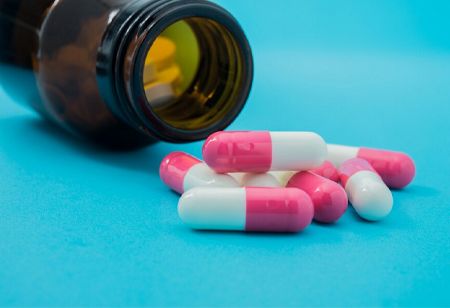Hridkamal Roy, Assistant Managing Editor, India Pharma Outlook

A strip of Lipitor (branded drug) costs more than 800 INR and Atorvastatin (Lipitor’s generic version) costs within 72 INR. Many other such examples can be given where a branded medicine costs 10-12 times more than its generic version.
Indeed, the cost of pharmaceuticals is one of the primary indicators for analysis of healthcare costs but how does a generic version get widely accepted and gain the trust of the consumer population? Lowered cost is no guarantee of efficacy or originality in medicines which is why in order to gain traction in the market, definitive strategies have been executed by the government and organizations in India to make generic medicines reach consumers even in remote locations and considerably reduce healthcare costs in the country.
“A generic drug, in terms of manufacturing safety, production quality, hygiene, dosage form, formula potency, administration route, drug characteristics, intended use, and performance, is comparable to its branded counterparts. Generic drugs function similarly and offer equivalent clinical benefits as brand-name medications. Our nation stands as the world's largest producer and a significant exporter of generic drugs, and notably, generic drugs are helping to lower costs in the healthcare sector”, mentioned Sandeep Jain, Co-founder & Joint Managing Director, Akums Drugs & Pharmaceuticals Limited.
Apart from a drastically low price point, some other aspects must also be considered in order to increase the usage of generic medicines and make it reach even the remotest corners of the country. Let us now look into these aspects in detail.
The Pradhan Mantri Bhartiya Janaushadhi Pariyojana (PMBJP) is one of the schemes that have been rolled out by the Indian government to promote the sales of generic drugs. This campaign has been utterly successful in making the drugs reach consumers across the country through dedicated PMBJP stores. These stores sell generic versions of drugs at much lower prices as compared the branded version of those drugs. With only 80 Janaushadhi stores in 2014, the campaign has achieved close to 100 times growth and currently there are almost 10000 stores that are spread across the country.
In the FY 23-24, the campaign was able to achieve its target of selling generic medicines of 1000 Cr. INR. Therefore, it can be understood that this achievement was made possible only by the people of the country, who have been able to save approximately 5000 crores by purchasing medicines from Jan Aushadhi Kendras which is present in more than 785 districts of the country.
“The medicines under Jan Aushadhi are priced at a principle of 50-90 percent cheaper than the branded medicines. And the procurement of these medicines is done by the government agency in a very transparent manner. There are less number of levels where we have to spend money, so we save money on that and that benefit is transferred to the customers directly”, mentioned Snehdeep Bohra, Director–Corporate Ratings, Fitch Ratings to CNBC-TV18.
Healthcare literacy for the adult population in India is relatively less than most of the developing countries. In this regard, the Ministry of Health and Family Welfare had launched the National health Mission in 2013. The goal of this mission is the improvement in the availability of quality healthcare to the population and especially those who are living in the rural areas. The government has instructed all physicians at government clinics and hospitals that they can only prescribe generic drugs and go for branded drugs only if the generic version is not available.
In this regard, the Prime Minister Atmanirbhar Swasth Bharat Yojana (PMASBY) which has been a recent addition to the National Health Mission is playing a vital role. 10 states have been selected according to priority and more than 17,788 Health and Wellness centers will be supported with the healthcare amenities required. Apart from Jan Ausadhi stores, these clinics will also receive their fair share of supply of generic drugs that will be used by the consumers on the instruction of healthcare practitioners. In this way, the country will be able to literate people on the effectiveness of the drugs and make them understand that these are no different than the branded versions.
There has been an emergence of companies that aim to manufacture and supply the generic versions of numerous essential drugs that are used in India. We have also observed the growth of many e-pharmacy platforms that provide a different section for generic drugs are also try to educate the consumer regarding their authenticity and safety though online content.
To give an example, Generic Aadhar has emerged as one of the significant start-ups that aims to manufacturer and supply generic versions of drugs and sell it through its own stores and franchises. This start-up has been funded by Ratan Tata and in a very short period it has been able to open 3000 stores all across the country.
It is the harsh reality of the country that despite being one of the biggest exporters of generic drugs, the native population of the country is not completely aware of their advantages and the kind of impact they can have on the reduction of healthcare costs. However, with the above mentioned aspects are being successful in having a positive effect on the healthcare system of the country and hopefully will be able to deliver complete healthcare literacy and further drive the market for generic drugs in India.